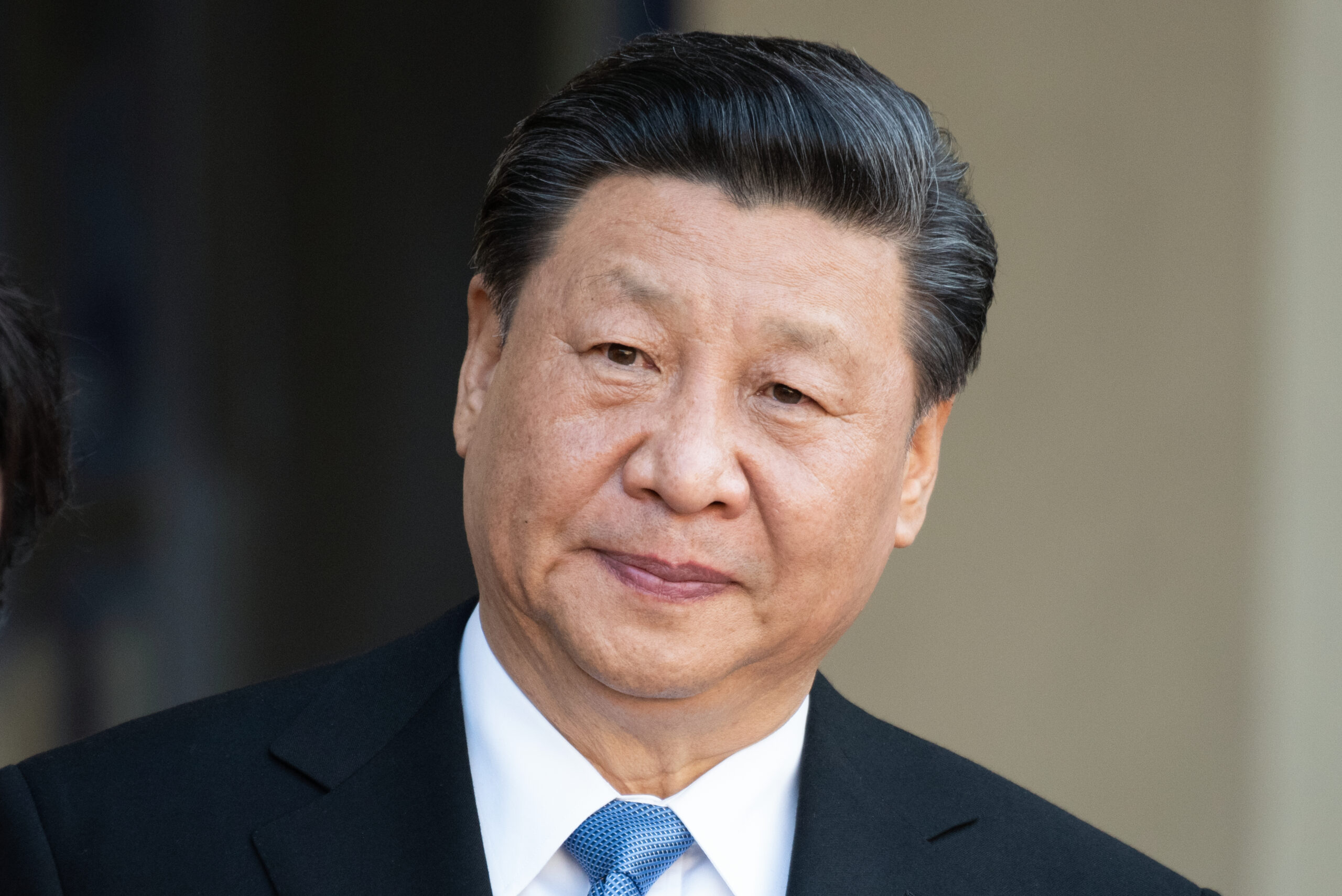Trump BACKS Rare Earth Deal – Xi AGREES

The US and China have established a framework to implement their May trade deal, with both sides making concessions on critical exports while leaving existing tariffs unchanged.
At a Glance
- US Commerce Secretary Howard Lutnick announced a framework to implement the “Geneva consensus” trade deal reached in May
- China will expedite exports of rare earth minerals and magnets to the US with 6-month licensing terms
- The US will ease restrictions on technology exports to China, including jet engines and airplane parts
- Proposed visa restrictions on Chinese students in the US will be lifted
- Existing tariffs between both countries remain unchanged pending final approval from Presidents Trump and Xi
Framework Agreement Follows London Negotiations
After two days of negotiations in London, US and Chinese officials have hammered out a framework to implement the trade agreement reached in Geneva last month. The development marks a significant step in stabilizing the trade relationship between the world’s two largest economies. Commerce Secretary Howard Lutnick announced the agreement following meetings with Chinese Vice Premier He Lifeng, setting the stage for both nations to walk back recent punitive measures while maintaining existing tariff structures.
The framework essentially returns both countries to terms established during a trade truce reached in May, known as the “Geneva consensus.” Under this arrangement, China will accelerate exports of critical rare earth minerals and magnets to the United States, materials essential for advanced manufacturing and defense applications. For its part, the United States has agreed to ease restrictions on technology exports to China, including jet engines and various airplane components.
Trade Concessions Without Tariff Reductions
A key aspect of the framework is that it addresses specific trade irritants without dismantling the broader tariff structure put in place during previous trade disputes. China will implement a licensing system for rare earth exports to the United States, with licenses valid for six months. This represents a significant concession from Beijing, as these materials are crucial for everything from smartphones to military equipment, and China controls the majority of global production.
“The U.S. and China have reached a ‘framework’ to implement a trade deal struck between the two sides last month in Geneva”, Commerce Secretary Howard Lutnick stated.
President Trump has signaled his approval of the agreement, though he has made claims about US tariffs on China that require clarification. While Trump has stated that total US tariffs on China would be 55%, analysts note this figure is misleading and doesn’t reflect the actual tariff structure. The framework agreement is notably focused on recent measures rather than addressing the entire spectrum of trade issues between the two economic powerhouses.
Educational and Diplomatic Components
Beyond trade in goods, the agreement tackles other areas of friction. The proposed visa restrictions on Chinese students in the United States will be lifted, potentially restoring an important cultural and educational exchange that has suffered in recent years. This aspect of the deal acknowledges the importance of people-to-people ties even as strategic competition continues in other domains.
Chinese Vice Premier He Lifeng emphasized the need for both sides to maintain their commitments, noting that concrete actions would be essential to implement the consensus reached. The framework agreement now awaits final approval from President Trump and Chinese President Xi Jinping, with Secretary Lutnick expressing confidence that Trump will approve the deal soon. Despite the progress, full details of the agreement have not been released, and implementation timelines remain unclear.
Strategic Implications
The framework agreement represents a pragmatic approach to US-China trade relations, focusing on specific areas where cooperation can yield mutual benefits while leaving broader strategic disagreements unresolved. By easing restrictions on critical exports in both directions, the deal aims to reduce immediate economic pressures without fundamentally altering the competitive dynamics between Washington and Beijing. For American manufacturers and farmers, the agreement potentially opens pathways to increased exports and more stable supply chains.
“The two sides should work towards each other, keep words and follow through with actions, demonstrate sincerity in honoring commitments, and make concrete efforts to implement consensus, jointly safeguard the hard-won outcomes of dialogue, continue maintaining communication and consultation, to promote steady and sustained growth of China-U.S. economic and trade relations and inject more certainty and stability into the world economy.”, said Chinese Vice Premier He Lifeng.
The development comes at a crucial time for the global economy, which has been buffeted by supply chain disruptions, inflation concerns, and geopolitical tensions. By establishing a framework for implementing the Geneva consensus, the US and China have signaled a willingness to manage their economic relationship with greater predictability, even as competition continues in technology, security, and other domains. Markets have responded positively to the news, seeing it as a step toward reducing economic uncertainty.












